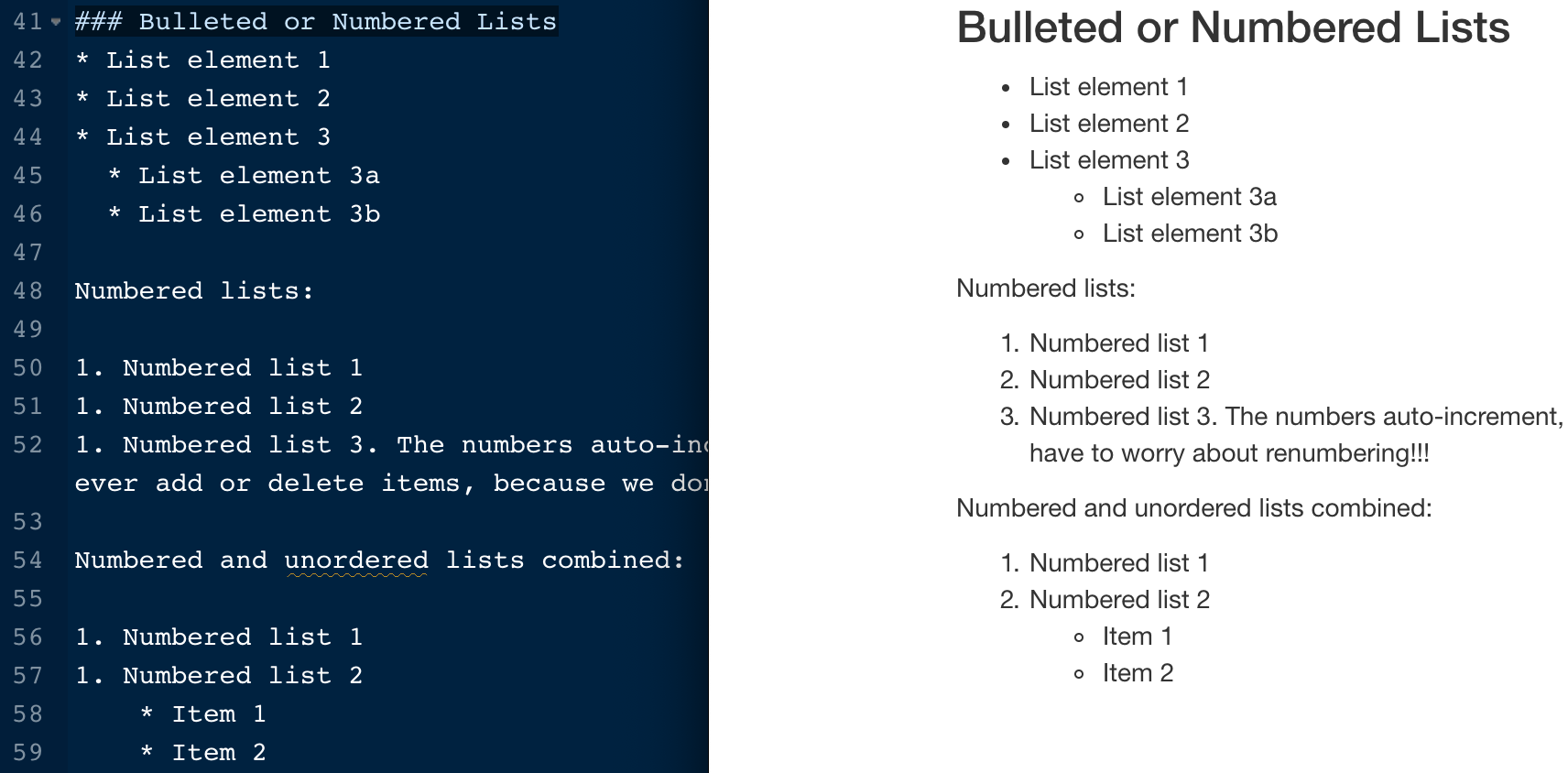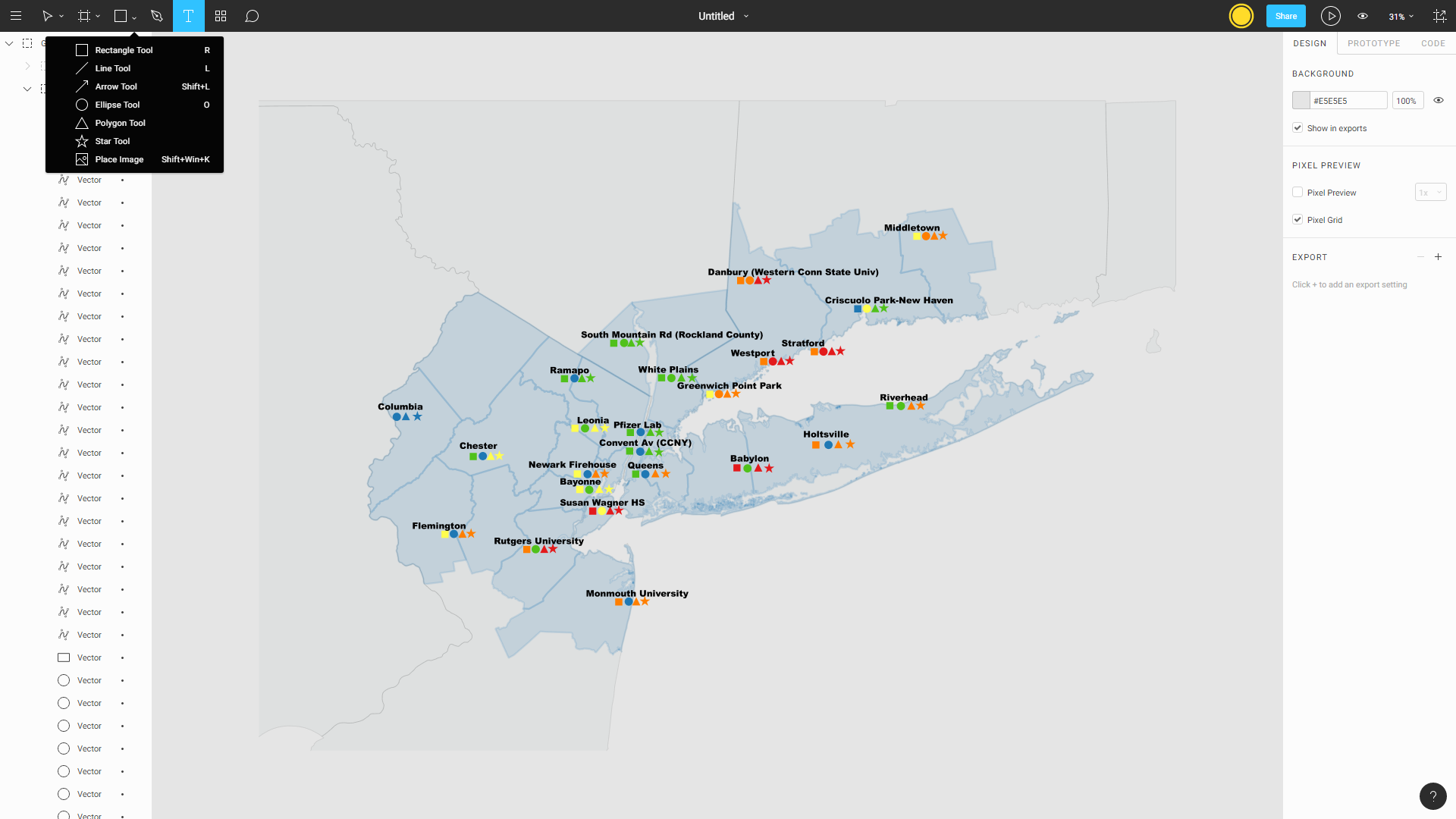

Note: a special R command set.seed() can be used so that results don’t change each time even for “random” number generation. To really experience the fact that this is calculated on the fly we can add a random number to 2 (note that the result will be different each time as this is random! The number can be positive or negative.) Let's add a random number to `2`: `2 + rnorm(1) =` **` r 2 + rnorm(1) `** I think that this is an intersting calculation: 2 + 2 = 4 when R evalulates the value within the specially marked code. Simple example: I think that this is an intersting calculation: `2 + 2 =` **` r 2 + 2 `**


#Rmarkdown italics code
This is marked by the letter r within the code to signify that R should compute it: This is useful when writing reports with specific values calculated or taken out of model evaluations. Without R Markdown, the user would need to compute the mean and median, and then report it manually.Code can also be included within the text and computed on the fly by R. We may want to explain in words, that the mean of the length of the petal is a certain value, while the median is another value. For instance, suppose we work on the iris dataset (preloaded in R). It is often the case that, when writing interpretations or detailing an analysis, we would like to refer to a result directly in our text.

Ordered list, item 2īefore going further, I would like to introduce an important feature of R Markdown.
Unordered list, item 2: * Unordered list, item 2. Unordered list, item 1: * Unordered list, item 1. Rmd file which contains blocks of R code (called chunks) and text is provided to the $$ The production of the reports is done in two stages: By dynamic, we mean that if your data changes, your results and your interpretations will change accordingly, without any work from your side. Rmd file (and the data if external data are used of course), making it perfectly suited to collaboration and dissemination of results. This enables readers to understand your results thanks to your interpretations and your comments, delivered as if you wrote a document explaining your work.Īnother advantage of R Markdown is that the reports are dynamic and reproducible by anyone who has access to the. For instance, after computing the main descriptive statistics and plotting some graphs, you can interpret them in the context of your problem and highlight important findings. Text, comments and interpretations of the results. This allows readers to see the results of your analyses. For example, the output of your linear model, plots, or results of the hypothesis test you just coded. Results of the code, that is, the output of your analyses. This allows readers to follow your code and to check that the analyses were correctly performed. For instance, the data and the functions you used. R code to show how the analyses have been done. The first main advantage of using R Markdown over R is that, in a R Markdown document, you can combine three important parts of any statistical analysis: Rmd, while a R script file has the extension. Even if you never expect to present the results to someone else, it can also be used as a personal notebook to look back so you can see what you did at that time. The generated documents can serve as a neat record of your analysis that can be shared and published in a detailed and complete report. R Markdown allows to generate a report (most of the time in PDF, HTML, Word or as a beamer presentation) that is automatically generated from a file written within RStudio.








 0 kommentar(er)
0 kommentar(er)
